Identifying neutral/hot wire in 240V outlet
polaris_rider
14 years ago
Related Stories

DIY PROJECTSHide All Those Wires in a DIY Charging Station
Keep your gadgets handy and charged with a flexible storage board you can design yourself
Full Story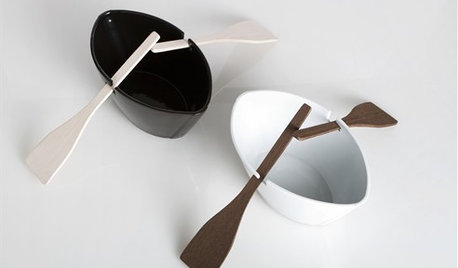
DINING ROOMS40 Great Gifts for Dining and Entertaining
Houzz Gift Guide 2010: Hot Ideas for Design-Loving Hosts
Full Story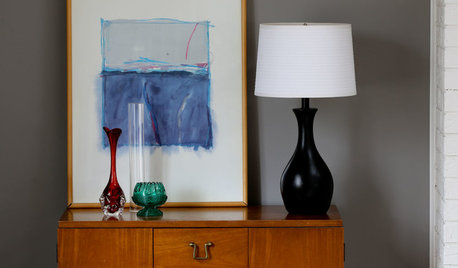
DIY PROJECTSHow to Fix Up a Thrifted Lamp
Save money and earn DIY cred by rewiring and snazzing up a damaged lamp you scored on the cheap
Full Story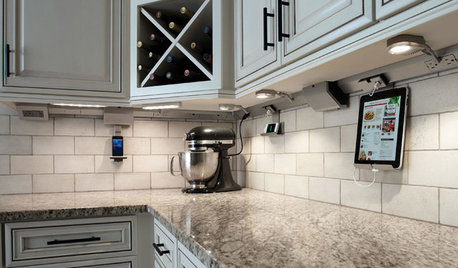
KITCHEN DESIGN7 Awesome Add-ons for Kitchen Cabinets
Useful gadgets, docks for your devices, extra lighting ... when it comes to cabinets, do look down
Full Story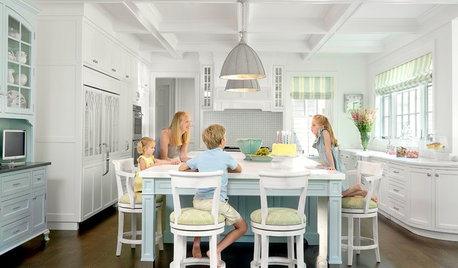
LIGHTINGSource List: 20 Pendants That Illuminate the Kitchen Island
See the ceiling lighting fixtures that are popular on Houzz and find out where to get them
Full Story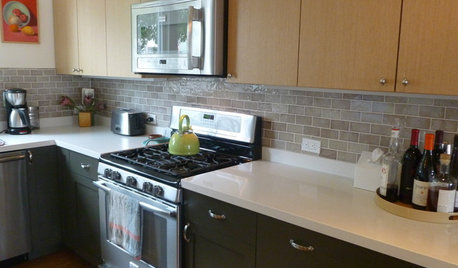
KITCHEN DESIGNPearls of Wisdom From a Real-Life Kitchen Remodel
What your best friend would tell you if you were embarking on a renovation and she'd been there, done that
Full Story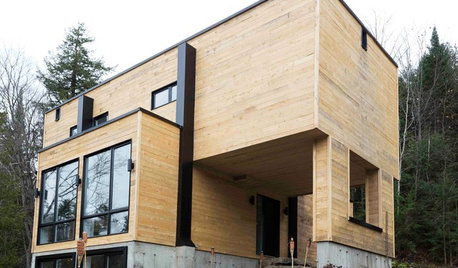
ARCHITECTUREHouzz Tour: Shipping Containers Make for an Unusual Home
Recycling hits the big time as a general contractor turns 4 metal boxes into a decidedly different living space
Full Story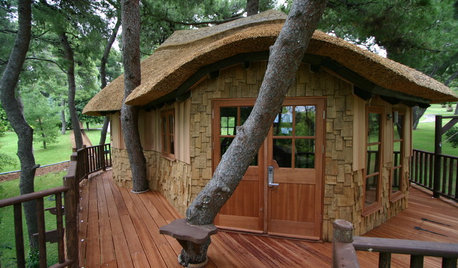
HOUZZ TOURSHouzz Tour: 'James Bond' Tree House in Greece
State-of-the-art gadgets and game consoles make this Athens tree house the ultimate tween play area
Full Story
EDIBLE GARDENSSummer Crops: How to Grow Tomatoes
Plant tomato seedlings in spring for one of the best tastes of summer, fresh from your backyard
Full Story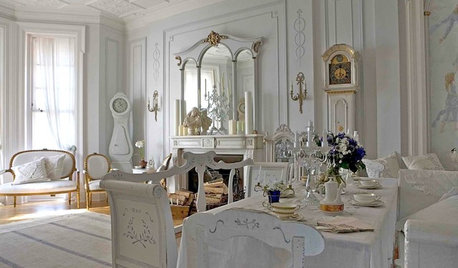
TRADITIONAL STYLEDecorating With Antiques: Luxurious Linens
Bring quality, comfort and a sense of old-world romance to your rooms with vintage tablecloths, sheets, napkins and more
Full Story





mike_kaiser_gw
davidandkasie
Related Professionals
Arizona City General Contractors · Dunkirk General Contractors · Greenville General Contractors · Lewisburg General Contractors · Salem General Contractors · University Park General Contractors · Bell Gardens Solar Energy Systems · Gardena Solar Energy Systems · Hemet Solar Energy Systems · Hercules Solar Energy Systems · Castle Rock Home Automation & Home Media · Englewood Home Automation & Home Media · Framingham Center Home Automation & Home Media · Highland Park Home Automation & Home Media · Stamford Home Automation & Home Mediabigbird_1
polaris_riderOriginal Author
billhart
mike_kaiser_gw
pharkus
normel
polaris_riderOriginal Author
pharkus
polaris_riderOriginal Author
normel
polaris_riderOriginal Author
dickross
pharkus
Ron Natalie
dickross
polaris_riderOriginal Author
Ron Natalie
brickeyee
blackadder34
pharkus
spencer_electrician
dickross
bjohnson
fixizin